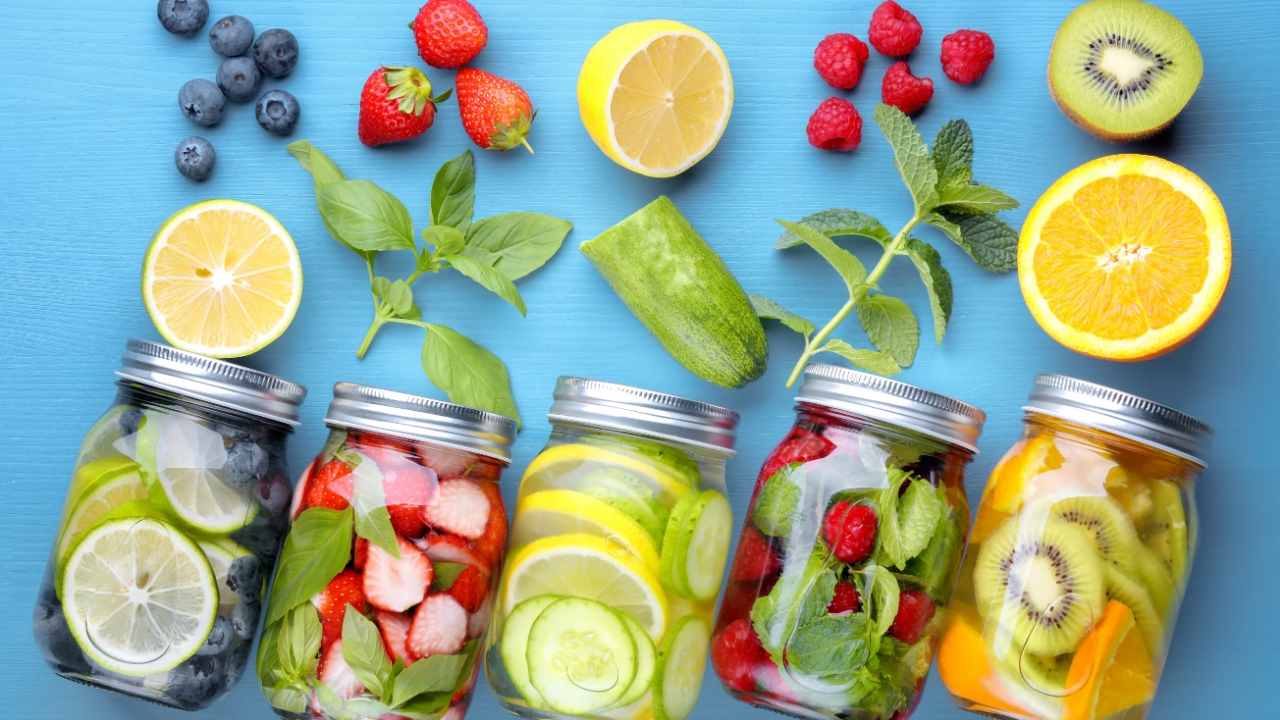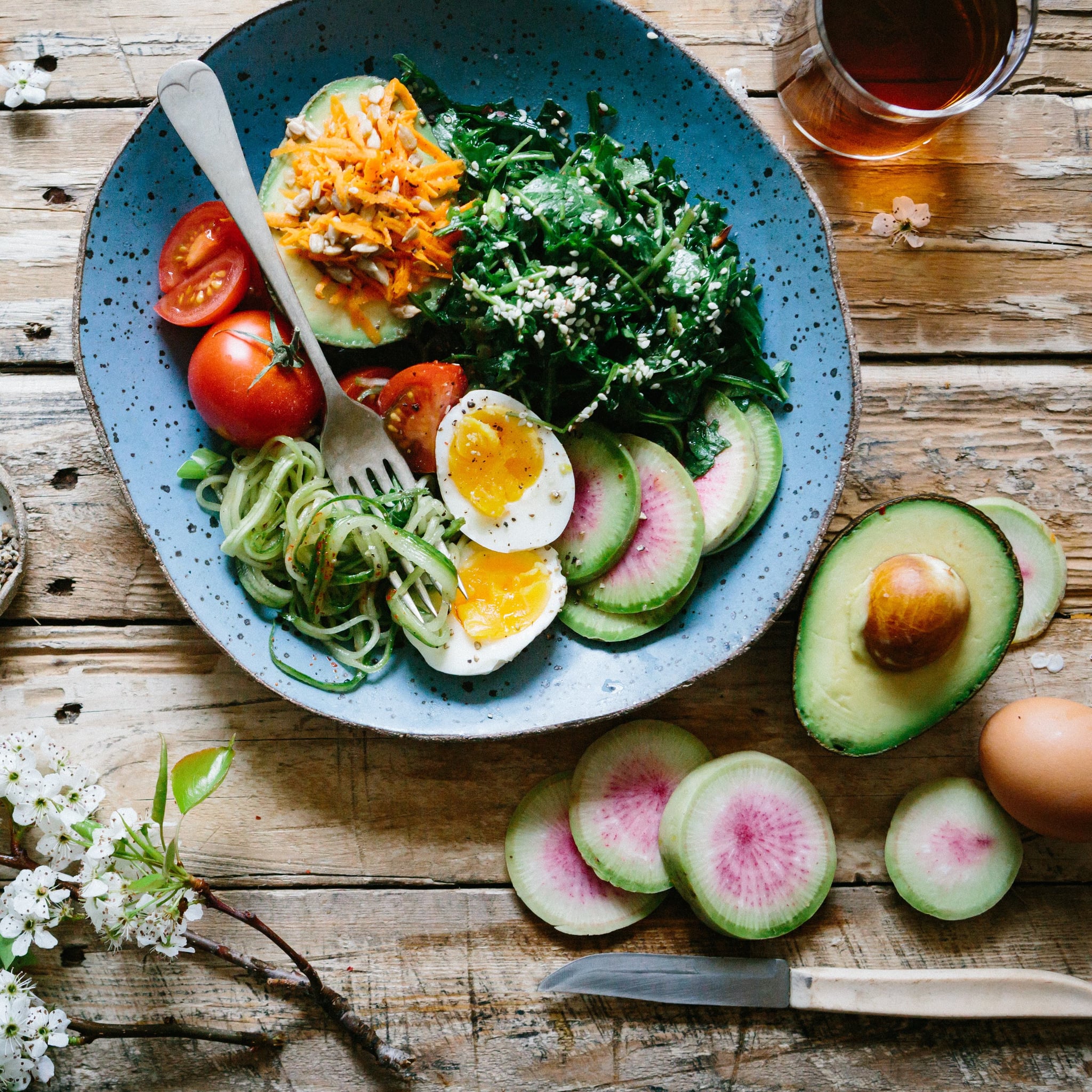
There are many high blood-pressure treatment options available if your doctor diagnoses high blood pressure. Some of these therapies are available without prescription and others are free. High-blood-pressure treatments can also be expensive. You can also choose a lifestyle change that will lower your pressure on its own. If your doctor determines that your blood pressure levels are too high, they may recommend a diuretic.
Your doctor might suggest that you make changes to your diet or exercise regimen to lower your blood pressure if you have high blood pressure. These lifestyle changes can be beneficial for some, but not for all. Your doctor may suggest medication. Some medications are very effective, but they can have devastating side effects. If you want to make lasting changes to your life, your doctor will work with you on the best high-blood-pressure treatments.

Lifestyle changes can help with uncontrolled hypertension. This can be achieved by eating a healthier diet, limiting sodium intake, and engaging in plenty of exercise. You can change the medication you're on if it isn't working. Doing so will lower your chance of future high blood pressure issues. Although they won't eliminate all high-pressure symptoms, these are worthwhile changes.
Lifestyle modifications are an integral part of high blood pressure treatment. Lifestyle modifications can be a powerful tool to reduce blood pressure and the long-term consequences. Although there are many different medications, most of the most common ones require lifestyle modifications and medication. In addition to lifestyle changes and medication, it is a smart idea to consider taking medication to lower your blood pressure. These measures will help prevent strokes and heart disease.
Blood pressure can be lowerened by antihypertensive medication. Some of these drugs are safer than others for women, so be sure to discuss your options with your doctor. You can make small changes to your life to reduce your blood pressure. A healthy lifestyle can help you feel better and will reduce stress. High blood pressure medication options include (1) lifestyle changes and drug treatment.

The first step to high blood pressure treatments is to confirm the diagnosis. A doctor can confirm that you have high blood pressure by performing ambulatory monitoring. An ambulatory monitoring device is used to monitor your blood pressure. It measures the 24-hour interval of your blood pressure. Important to note that most insurance policies do not cover this type of medication. Before you consider any of these options, you need to get the approval of your doctor.
FAQ
What's the best diet?
Many factors influence which diet is best for you. These include your age, gender and weight. You also need to consider how much energy you expend during exercise, whether you prefer low-calorie foods, and if you enjoy eating fruits and vegetables.
If you are trying to lose weight, then you may want to try intermittent fasting. Intermittent eating means that you only eat specific meals throughout the day. This is in contrast to three large meals. This method may work better than traditional diets which include daily calorie counts.
Intermittent fasting is believed to increase insulin sensitivity. It may also reduce inflammation. This may lead to a decrease in diabetes risk and blood sugar levels. Intermittent fasting has been shown to promote fat loss as well as improve overall body composition.
How much should my body weight be for my height? BMI calculator & chart
A body mass index calculator (BMI) is the best way to find out how much weight you should lose. A healthy BMI range should be between 18.5 and 24,000. If you want to lose weight, then you should aim to drop about 10 pounds per month. Simply enter your height, weight and desired BMI into the BMI calculator to calculate it.
This BMI chart will help you determine if your body is overweight or obese.
These are 5 ways you can live a healthy and happy life.
Healthy living means eating right, exercising regularly and getting enough sleep. It also involves managing stress and having fun. You should avoid processed foods, sugar, or unhealthy fats. Exercise strengthens your muscles and helps you lose calories. You can improve your memory and concentration by getting enough sleep. Stress management can reduce anxiety and depression. Fun is the key to keeping us healthy and happy.
Statistics
- In both adults and children, the intake of free sugars should be reduced to less than 10% of total energy intake. (who.int)
- According to the Physical Activity Guidelines for Americans, we should strive for at least 150 minutes of moderate intensity activity each week (54Trusted Source Smoking, harmful use of drugs, and alcohol abuse can all seriously negatively affect your health. (healthline.com)
- nutrients.[17]X Research sourceWhole grains to try include: 100% whole wheat pasta and bread, brown rice, whole grain oats, farro, millet, quinoa, and barley. (wikihow.com)
- The Dietary Guidelines for Americans recommend keeping added sugar intake below 10% of your daily calorie intake, while the World Health Organization recommends slashing added sugars to 5% or less of your daily calories for optimal health (59Trusted (healthline.com)
External Links
How To
What does the term "vitamins" mean?
Vitamins are organic compounds that can be found in foods. Vitamins help us absorb nutrients from foods we eat. Vitamins are not made by the body, so they must be obtained through food.
There are two types vitamins: water soluble or fat soluble. Water soluble vitamins dissolve easily in water. Vitamin C,B1(thiamine), B2 (2riboflavin), and B3 (3niacin), as well as vitamin C,B1, B2 (riboflavin), and B3 (niacin), vitamin B6 (pyridoxine), vitamin folic acid (biotin), pantothenic, and choline are examples. Fat soluble vitamins are stored in the liver and fatty tissue. Some examples include vitamin D and E, K, A and beta carotene.
Vitamins are classified according their biological activity. There are eight major types of vitamins:
-
A - essential for normal growth and maintenance of health.
-
C - important for proper nerve function and energy production.
-
D - necessary for healthy bones and teeth.
-
E is required for good vision and reproduction.
-
K - essential for healthy muscles, nerves, and bones.
-
P - Vital for strong bones and teeth.
-
Q - aids digestion and absorption of iron.
-
R is required for the production of red blood cells.
The recommended daily intake (RDA), of vitamins varies with age, gender and physical condition. RDA values are set by the U.S. Food and Drug Administration (FDA).
For adults 19 years and over, the RDA of vitamin A is 400mg per day. However, pregnant women need 600 micrograms per day because it is important for fetal development. Children ages 1-8 require 900 micrograms per day. Infants below one year old require 700mg per day. But, between 9 months to 12 months, the amount drops to 500mg per day.
Children between the ages of 1-18 need 800 micrograms per daily for obesity, while children overweight require 1000 micrograms. Children underweight or obese will need 1200 mg per day.
Children between 4 and 8 years old with anemia will need 2200 micrograms daily of vitamin C.
2000 micrograms are required daily for good health in adults over 50. Because of their higher nutrient needs, women who are pregnant or nursing need 3000 mg per day.
Adults over 70 need 1500 micrograms daily, as they lose 10% of their muscle every ten years.
Women who are pregnant or nursing need more than the RDA. Pregnant woman need 4000 micrograms daily in pregnancy, and 2500 per day after childbirth. Breastfeeding mothers need to consume 5000 micrograms every day when breastmilk has been produced.